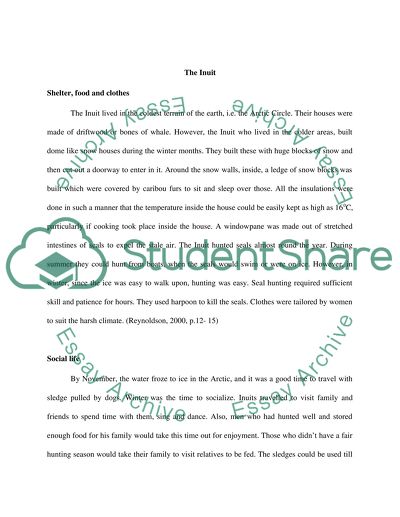Cite this document
(“Compare and contrast the two different Native American Groups before Term Paper”, n.d.)
Retrieved from https://studentshare.org/anthropology/1495357-compare-and-contrast-the-two-different-native
Retrieved from https://studentshare.org/anthropology/1495357-compare-and-contrast-the-two-different-native
(Compare and Contrast the Two Different Native American Groups before Term Paper)
https://studentshare.org/anthropology/1495357-compare-and-contrast-the-two-different-native.
https://studentshare.org/anthropology/1495357-compare-and-contrast-the-two-different-native.
“Compare and Contrast the Two Different Native American Groups before Term Paper”, n.d. https://studentshare.org/anthropology/1495357-compare-and-contrast-the-two-different-native.


